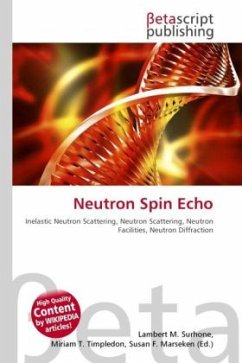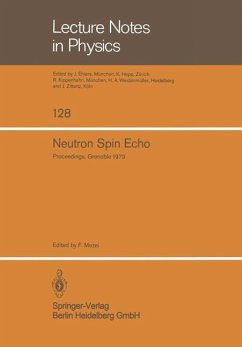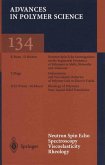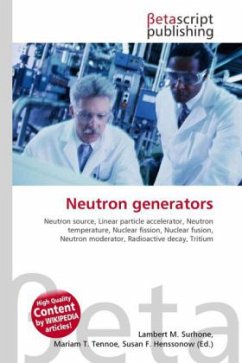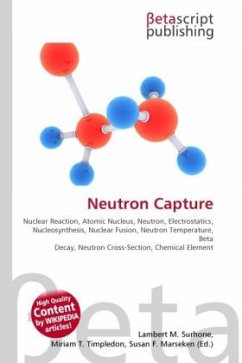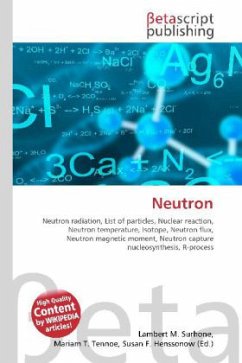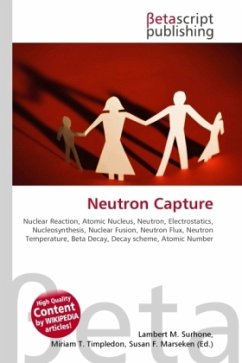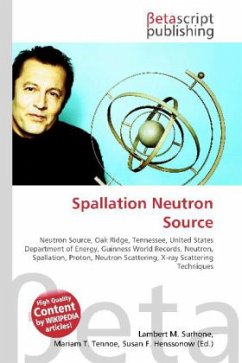High Quality Content by WIKIPEDIA articles! Neutron spin echo spectroscopy is an inelastic neutron scattering technique invented by Ferenc Mezei in the 1970's, and developed in collaboration with John Hayter. In recognition of this work and in other areas, Mezei was awarded the first Walter Haelg Prize in 1999. The spin-echo spectrometer possesses an extremely high energy resolution (roughly one part in 100,000). Additionally, it measures the density-density correlation (or intermediate scattering function) F(Q,t) as a function of momentum transfer Q and time. Other neutron scattering techniques measure the dynamic structure factor, which then must be converted to F(Q,t) by a Fourier transform, which is difficult in practice. Because of these advantages over other neutron scattering techniques, NSE is an ideal method to observe internal dynamic modes in materials such as a polymer blend, alkane chain, or microemulsion. The extraordinary power of NSE spectrometry was further demonstrated recently by the direct observation of coupled internal protein domain dynamics in the protein Taq polymerase, allowing the visualization of protein nanomachinery in motion.
Bitte wählen Sie Ihr Anliegen aus.
Rechnungen
Retourenschein anfordern
Bestellstatus
Storno

